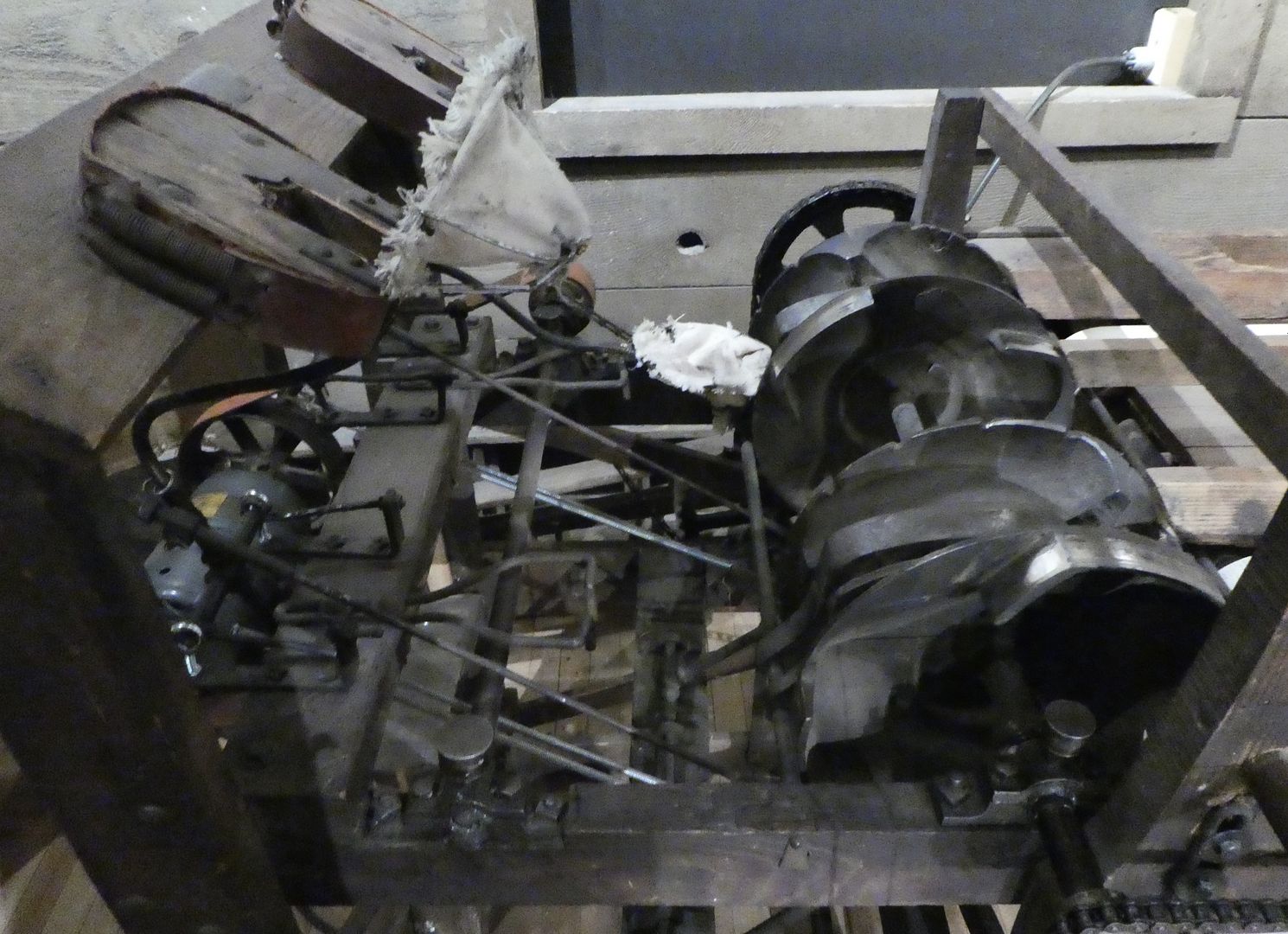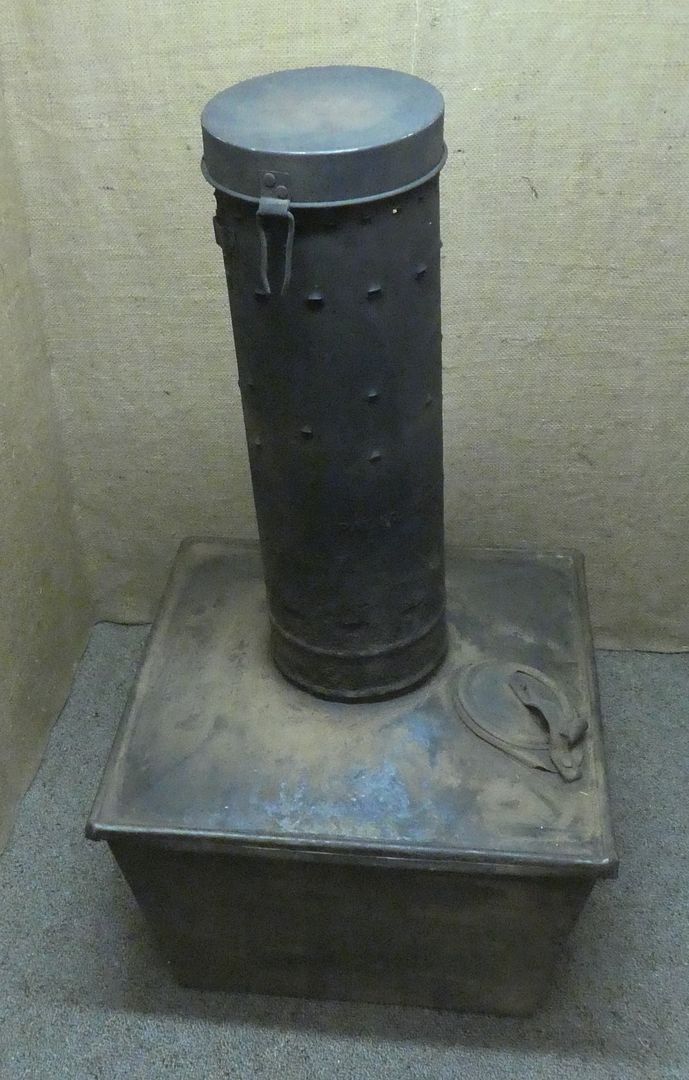Wenatchee, Washington, is in one of the world’s apple producing areas. More than half of the apples produced in the United States come from Washington. One of the major displays in the Wenatchee Valley Museum and Cultural Center displays a 1920s era apple sorter with its catapult and canvas-bottomed bins. Also included in the display is a large assortment of colorful apple box labels.
Apple trees are grown from seedlings grafted onto rootstock that determines the tree’s eventual size. Trees planted a century ago grew 25 to 30 feet high. Today, growers prefer smaller trees which are planted closer together which allows for more efficiency in cultivating and harvesting.
Once the apples are harvested, they must be packaged for shipping to customers around the world. Part of the display shows the process of packing the apples. According to the Museum display:
“This 1920s vintage packing line consisted of a dumping table, apple wiper, sorting table, sizing machine and packing bins.”





According to the Museum display:
“Apples are sorted first to remove culls (deformed, too-small or blemished fruit) and then by grade. The largest and most colorful are graded ‘extra fancy’; the less colorful are ‘fancy’, and those that are marginal in color and appearance are ‘C’ grade.”



Shown above is an apple wiper.
According to the Museum display:
“The apple wiper became an indispensable piece of equipment for packing sheds in the 1920s. In 1925 the United States Public Health Service and the Food and Drug Administration began enforcing strict regulations on the amount of arsenic of lead spray residue that could remain on apples bound for market. In some instances, apple shipments were held up by inspectors at points of delivery to be either washed or destroyed.
To successfully market apples, growers had to make sure the residue was wiped away. Wiping every apple would take much too long, so growers developed a variety of ingenious ‘apple rag slappers.” All that was needed was a half-horsepower motor, a drive chain or belt, cloth or rope, a few rollers and some creative thinking.”
 Shown above is a 1940s lidder which was used to securely hold the lid on the apple box during nailing and date stamping.
Shown above is a 1940s lidder which was used to securely hold the lid on the apple box during nailing and date stamping.


 Shown above is a stoneboat—a sled-like device used to haul barrels of water from the Columbia River to the orchards for watering the trees.
Shown above is a stoneboat—a sled-like device used to haul barrels of water from the Columbia River to the orchards for watering the trees.
According to the Museum display:
“The stoneboat was a sled-like device originally used by New England colonists for removing stones from the field. Pulled by horses or mules and low to the ground, it allowed farmers to roll rather than life heavy objects.”
 Shown above is a cross-section of a wooden water barrel.
Shown above is a cross-section of a wooden water barrel.
 Shown above is a wooden water pipe.
Shown above is a wooden water pipe.


 Shown above is a moth trap. Introduced in the 1920s, these helped in the fight against wormy apples.
Shown above is a moth trap. Introduced in the 1920s, these helped in the fight against wormy apples.
According to the museum display:
“The number of trapped codling moths provided effective guidance for setting spray dates. Knowing when to spray cut the previous six or more sprayings to three, lessening the problem of lead arsenate residue.”
 Shown above is an oil-burning smudge post used to protect the trees from freezing.
Shown above is an oil-burning smudge post used to protect the trees from freezing.
Museums 101
Museums 101: The Washington timber industry (photo diary)
Museums 101: Ranch and Sawmill (Photo Diary)
Museums 101: The Hulda Klager Farmhouse (Photo Diary)
Museums 101: Farming in Washington (Photo Diary)
Museums 101: Capitalism and Ethnic Labor (photo Diary)
Museums 101: Homestead Cabin and Barn (Photo Diary)
Museums 101: Civilian Conservation Corps (Photo Diary)
Museums 101: A homestead kitchen (photo diary)


